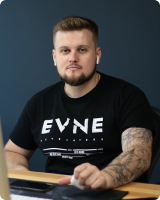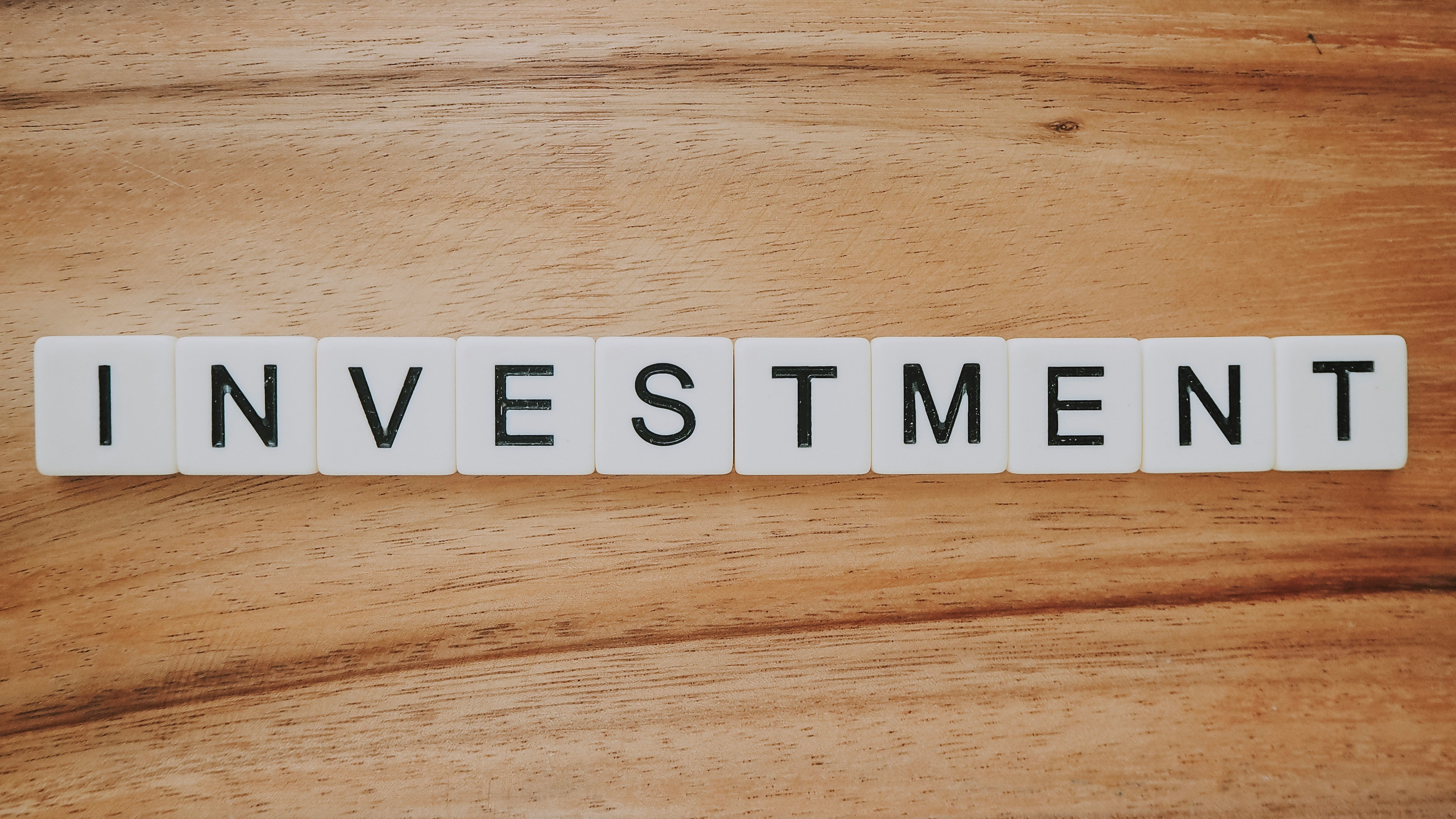A lot of successful tech companies started with an impactful concept – development of the minimum viable product (MVP). Twitter initially invited only early adopters and collected feedback and ideas for the full product. It started as a social app that primarily focused on short messaging. Another example Amazon, initially tested the waters as a small online bookstore and now it’s an e-commerce giant.
MVP approach is a way to describe how to manage product development with flexibility and strategic insight. Businesses can release a product that meets essential needs, thus obtaining the feedback they need and avoiding the risk of devoting lots of resources to an idea that is not likely to be popular enough.
So, the goal of this article is to discuss how to build a minimum viable product and how it can accelerate a startup’s growth.
what’s in the article
- What is a Minimum Viable Product (MVP)?
- Why Building an MVP is Important?
- Main Benefits of an MVP for Startups
- Key MVP Models
- Steps to Develop a Minimum Viable Product
- Typical Budget for Building an MVP
- Conclusion
What is a Minimum Viable Product (MVP)?
An MVP stands for the Minimum Viable Product and is a product version that includes only basic features that are necessary to solve core problems. This idea enables a startup or a business entity to test the viability of a particular idea within the market very comprehensively by releasing a functional prototype to early users. MVP development for startups is intended to provide the target audience with the fundamental value they need without much investment.
Why Building an MVP is Important?
If you decide to build a minimum viable product, it will give your business an opportunity to try out its product to the market before going deep into developing a product that might have low market acceptance. Companies must learn from the real user’s experience to gather critical insights from users, which can guide further development and help them avoid costly mistakes. It provides structure to companies at the early stages, and it will help them adjust to the market needs and expectations, making possible long-term success.
Main Benefits of an MVP for Startups
MVP development offers startups numerous benefits, enabling them to grow strategically while saving resources. Here’s how an MVP can be a tool in a startup’s journey to success.
Cost-Effective Development
An MVP approach allows startup businesses to optimize their budget by prioritizing essential features and functionalities rather than investing in a full-scale product upfront. The focus on a core concept provides an opportunity for startups to bring resources specifically for further development based on real utilization and customer feedback.
Reduced Risk
Also MVP tones down all the risks and exposes the startups ideas to a live market. This means that young ventures do not usually have to waste resources on realizing that they chose the wrong product to bring to the market; instead, they adapt their propositions depending on their product-market fit. It increases the likelihood of the longer-term success and growth that come from repeating these processes.
Faster Time to Market
As soon as a start-up reaches customers with their product, it generates interest and hits on the competition. That way they can advance more quickly into development MVP stages and start establishing their client base earlier, which is especially important in fast-paced industries where timing can significantly impact success.
Customer Feedback
MVP offers highly useful feedback from the target audience which is very important for the further development of the product. The first customers can provide a description of their usage patterns, their preferences and concerns, which help the startups to decide what aspects of the product should be improved, changed or added in order to produce a result that fully corresponds to the customer’s needs.
Key MVP Models
There are various MVP models, and each of them provides an understanding of the market interest level and the acquisition of important information for further development. Let’s have a closer look at some of the most efficient MVP types further.
Wizard of Oz MVP
The Wizard of Oz MVP offers a fully functional product experience to users while, behind the scenes, the processes are manually handled. This means that startups can frequently simulate a working product without constructing highly sophisticated systems to prove drivable utility ideas as well as refine them when a sophisticated algorithm is created.
Concierge MVP
The Concierge MVP model shows that each user is getting special attention, where the team manually performs tasks that would typically be automated. This way helps startups create solutions that already take into account or foresee potential directions that can be automated in the near or distant future, as well as which features might benefit the target audience more.
Landing Page MVP
A Landing Page MVP is when an individual designs a basic landing page for a product idea, to increase its interest and measure the level of customers’ concern before the actual product is developed. By including key data and a CTA, startups can assess user reactions and even gather emails from interested parties, allowing them to validate the concept in a cost-efficient way.
Pre-Sell MVP
Pre-Sell MVP can be summed up as a product which is advertised and sold before being created, thus providing a startup with an understanding of market necessity. Through pre-orders or crowdfunding, businesses can estimate interest levels and secure funding, reducing financial risk and collecting early customer feedback, which can guide the final stages of product development.

Looking to Build an MVP without worries about strategy planning?
EVNE Developers is a dedicated software development team with a product mindset.
We’ll be happy to help you turn your idea into life and successfully monetize it.
Steps to Develop a Minimum Viable Product
MVP development entails a number of well-defined stages that guide the startup to turn the idea into a working product with minimal effort and capital. Take a look at these steps of how to build a minimum viable product.
Identify Your Needs
When you want to build a minimum viable product, first and foremost make sure you have set your main objectives for creating it. This step is to identify the need of the specific goal that is behind your product. Are you looking for a market you’ve never explored before, a new product feature that people might like, or just the first shot at customer input? Defining goals allows you to coordinate the creating a minimum viable product and establish the standards for success at the later stages.
Tip: Conduct market research and competitive analysis to be able to identify the opportunities that could be filled by your MVP.
Duration: 1-2 weeks.
Define the Problem
After realizing the vision of how to create MVP, start with identifying the specific need the customers will fill by using your product. From the viewpoint of the clients – what does the target audience face and which problem will this product solve? This stage involves developing/user personas to describe who the ideal user is, what his or her needs and wants are, and his or her major struggles. This can be achieved with dedicated market research services in terms of user needs outlining and analysis.
Tip: Don’t overcomplicate the problem. Instead aim for clarity, focusing on a single, high-impact issue that resonates with users.
Duration: 1 week.
Outline the Features
The next step of how to create an MVP guide is to define the value proposition and highlight what your MVP should be equipped with. One of them is to focus on the execution of functionalities that solve the main issue; the extra or “sweet” functions that can be included in future updates. This stage can be helped by using the MoSCoW analysis MoSCoW method (Must-haves, Should-haves, Could-haves, and Won’t-haves) to categorize features and maintain focus.
Tip: Take time with your team and pick the features with a focus on usability and choosing those that are valuable for the user with the least amount of hassle.
Duration: 1-2 weeks.
Create a Prototype
Prototyping is critical when it comes to imagining the MVP, its layout and functionality. To create a prototype, use tools such as Figma or Sketch which allow you to design a model that will let your team and potential testers have a real demonstrated model to test.
Tip: Prioritize on usefulness: make sure the prototype resembles the specific usage. For this stage, it might be useful to gather first feedback from a pilot sample before proceeding to the development phase.
Duration: 2-3 weeks.
Develop the MVP
This step focuses on the features that would fulfill the needs of the core users as identified earlier, the essential functionalities for the product are implemented to make a working product. The goal is to give the consumers an MVP that is reliable, usable, but not require more than what has been budgeted or time planned for it.
Tip: Prioritize on usefulness: make sure the prototype resembles the specific usage. For this stage, it might be useful to gather first feedback from a pilot sample before proceeding to the development phase. It is efficient to use the Agile methods because the MVP development process is iterative and requires frequent changes based on the needs and wants of the client. Developers should be directly communicating with designers and stakeholders so that problems of ‘scope creep’ do not ensue.
Duration: 4-6 weeks.
Launch and Get User Feedback
Once a MVP is developed it is time for a release. It focuses on the reception of the end-users, the performance of user experience, functionality, and product appeal. After the feedback is received you should have well defined feedback delivery channels like surveys, interviews or analytics tools to capture such data from the users.
Tip: It is very important to listen to the user and be ready to adjust, because the first impression about the user can have a great influence on the future steps of development. Prioritize feedback, distinguishing between urgent issues and those that can be addressed in future versions.
Duration: Ongoing, starting 1-2 weeks post-launch.
Want to prove your ideas with Proof of Concept creation?
EVNE Developers is a dedicated software development team with a product mindset.
We’ll be happy to help you turn your idea into life and successfully monetize it.
Typical Budget for Building an MVP
You need a budget for creating an MVP which points out the company’s main functions necessary and avoids expensive additions. It may take $ 10,000 to $ 50,000 to build an MVP; however, it depends on the specific aspects of the development, the approaches and the location of the development team.
- The key here is to manage costs and strategies which can be helpful for startups;
- It is necessary to implement only the most necessary features providing the users’ value;
- It is desirable to use open-source tools;
- Use Agile methodologies that will allow starting projects with a small set of capabilities and developing an MVP features in further iterations;
- Hiring freelance developers or hiring a remote team can also somewhat decrease expenses.
Spending money on users, such as on conducting research and testing in the process of MVP creation is also useful because it adds to the cost, which is then countered by valuable insights that improve the product’s sustainability in the long run.
Conclusion
So now you know in a nutshell how to build an MVP. It is a great idea for startups today that need a quick way to test their concepts and get customer feedback. When companies stay focused on fundamental functions, they are capable of acquiring important information from users, avoiding potential issues.
As we approach 2025, adapting to technological advancements and changing consumer behaviors is vital. The companies that will be in a good position are the startups that are more inclined to user experience design and who look to devise and embrace iterative processes. MVP does more than only accelerates time to market, but it sets up the stage for sustainable growth and success.
When aiming at making your MVP successful, the primary consideration should be on the customers. Find out the market gap and make sure that it is well understood to help you create a focus on the problem your product solves. Get feedback from potential users on the main concept, a prototype, and features of a product or service you are designing. Also, pay attention to the user interface and guarantee that it has the basic features.
- Overcomplicating product’s features: Avoid adding unnecessary functionalities that dilute the core value.
- Neglecting user feedback: Failing to incorporate user insights can lead to a flawed product.
- Ignoring market research: Not validating the market demand can result in a misaligned product.
Completion of MVPs depends upon many factors such as the level of product’s complexity, the number of employees involved and chosen approach. MVP takes generally 8-20 weeks to build, with 4-6 weeks for building, and the rest of the time for defining the problem, creating the prototype, and gathering data.
The first action after the launch of your MVP is to collect feedback actively. Interact with the users to identify and analyze the problem areas. Make surveys, interviews, and analytical instruments with an aim of getting the necessary information which will guide the next course of action. From these types of feedback, you should be able to determine which improvements need to be made at this point, and continue the cycle of developing your product.

About author
Roman Bondarenko is the CEO of EVNE Developers. He is an expert in software development and technological entrepreneurship and has 10+years of experience in digital transformation consulting in Healthcare, FinTech, Supply Chain and Logistics.
Author | CEO EVNE Developers


















